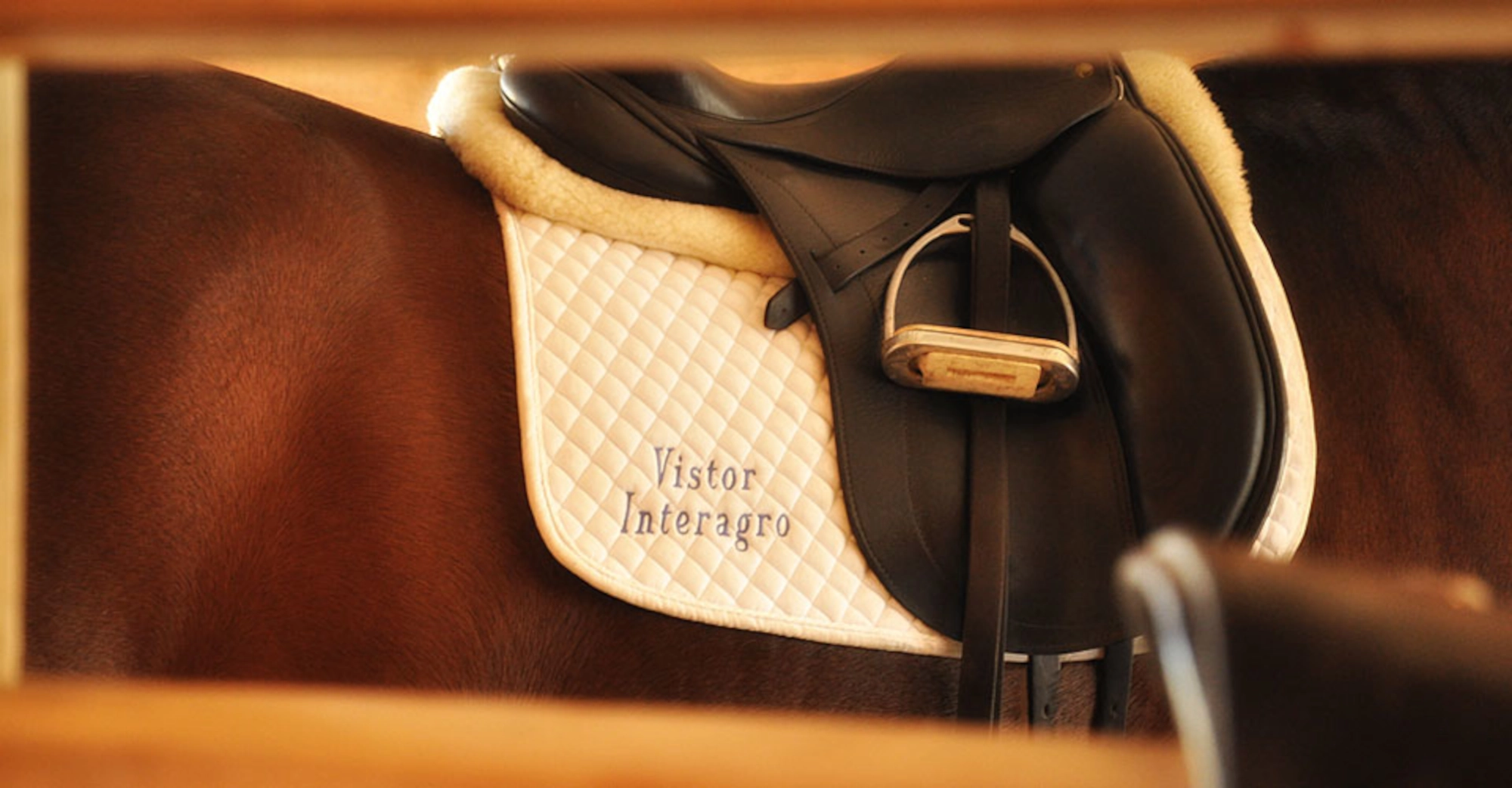The Lusitano has been esteemed for its quality and appearance since the age of ancient Greece and Rome.
Profile of the Lusitano
In the Middle Ages the Lusitano carried knights into battle and later became the treasured mount of European nobles. The same qualities that made the Lusitano a versatile warhorse have served well in times of peace as well. It soon became the favorite of the grand riding academies of Europe, where classical dressage flourished, and today remains popular worldwide.
In the United States Lusitanos compete in dressage, jumping, driving, trail, Western pleasure, and English pleasure events.

Lusitano Horse — Official Racial Standard
TYPE: The horse is middleweight and medium-lined with rounded outlines for a sub-convex body profile. Its silhouette thus can be fitted into a square.
HEIGHT: At 6 years the horse stands at medium height. The average height measured at the withers is 1.55m for females and 1.60m for males. The nearest conversion is 15.1hh for females and 15.3hh for males.
COAT: The most appreciated and esteemed are all shades of grey and bay.
TEMPERAMENT: Lusitanos are noble, generous and ardent, but always gentle and able to withstand duress.
MOVEMENTS: The horse is agile, elevated forward, and smooth with a great facility to carry the rider comfortably.
APTITUDE: The horse has a natural ability for concentration and a great disposition for High School work. It has courage and enthusiasm for the gineta exercises of combat, hunting, bullfighting and working with cattle.
HEAD: The head is well proportioned, of medium length, narrow and dry, with the lower jaw not too pronounced and the cheek inclined to be long. Profile of the head is mildly sub-convex with a slightly curved forehead in advance of the eyebrows’ bones. Eyes tend to be elliptical, big, alive, expressive and confident. Medium-length ears are fine, narrow and expressive.
NECK: The neck is medium length with a fine hair line, deep in the base, and well inserted between the shoulders. It rises up arched from the withers without convexity, ending at a narrow and fine junction with the head.
WITHERS: Withers are long and well defined, with a smooth transition from the back to the neck, always higher than the croup, the highest part of the rump. On adult stallions withers may be covered with fat but always prominent from the shoulders.
CHEST: The chest is medium size, deep and muscular.
RIBCAGE: The ribcage is well developed, long and deep. Slightly arched ribs obliquely inserted into the spinal column rise to a short and full flank.
SHOULDERS: The shoulders are long, slanting and well muscled.
BACK: The back is well placed, tending toward the horizontal and making a smooth connection between the withers and the loins.
LOINS: The loins are short, wide, slightly convex, and well connected with the back and croup with which they form a continuous line.
CROUP: The croup is strong and rounded, well-balanced, and slightly slanting with equal length and width. It has a harmonious convex profile with the point of the hip unobtrusive, giving the croup an elliptical cross section. The tail has long, silky and abundant hair gently emerging from the convex line of the croup’s profile.
LEGS: The forelegs are well muscled and harmoniously inclined. The upper arms are straight and muscular. Knees are thick and dry. Cannons tend to be long, dry and with well-pronounced tendons. Fetlocks are dry, relatively big and with very little hair. Pasterns are relatively long and sloping. Hooves are of good constitution, well formed and proportioned without being too open. The line of the coronet is not very evident. The buttock is short and convex. The thigh is muscular, normally short and oriented so that the patella gaskin is in the same vertical line as the hip-one, or point of the hip. The legs are normally long, placing the point of the hock in a vertical line with the point of the buttock. Hocks are large, strong and dry. The hind legs form relatively closed angles.

